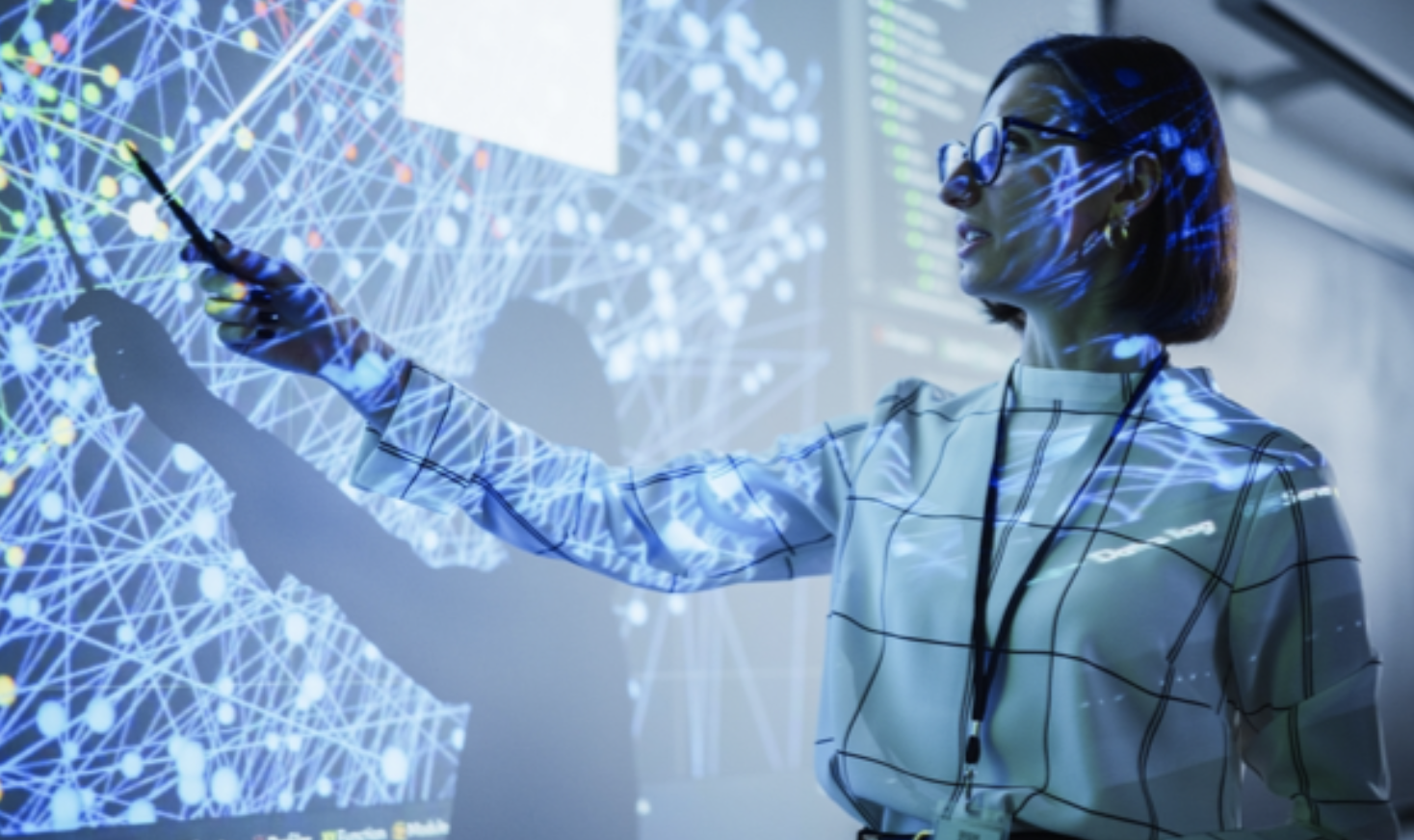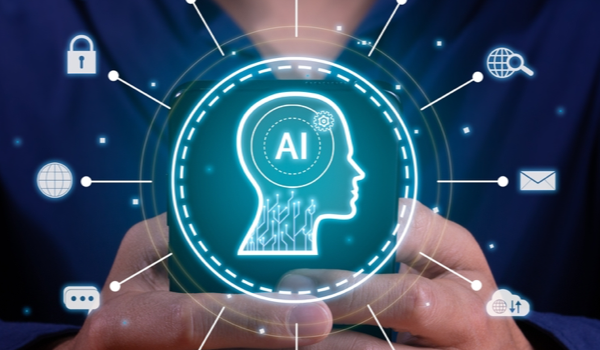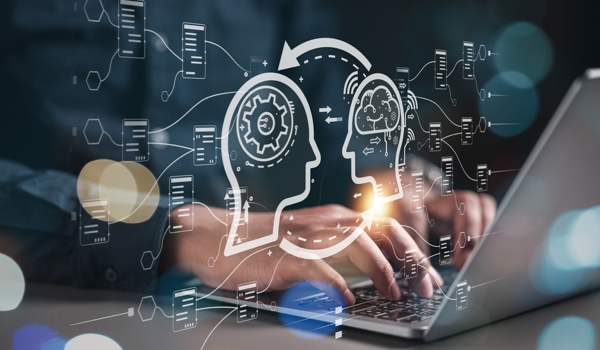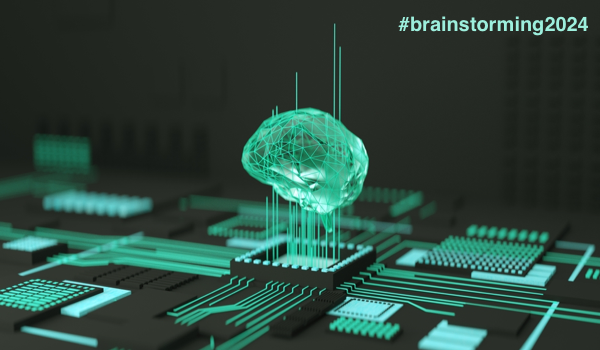


HEIDELBERG, GERMANY - The idea of creating intelligence in a lab is a complex, multifaceted one that involves both neuroscience and artificial intelligence (AI). One must first understand the basic principles of these two fields and how they relate to one another to understand the potential for creating intelligence in a lab.
Neuroscience studies the nervous system, including the brain and spinal cord, and how they function in both health and disease. The field has made tremendous progress in recent decades, thanks to advances in technology and the development of new imaging techniques that let researchers study the brain in greater detail than ever.
The study of neural networks is a critical area of research in neuroscience. Neural networks are composed of interconnected neurons in the brain and are responsible for processing information and generating behavior. These networks are incredibly complex, with billions of neurons and trillions of connections between them.
The field of AI, on the other hand, concerns developing computer systems that perform tasks typically requiring human intelligence, such as problem-solving, learning, and decision-making. Significant advances have come in AI in recent years - especially in machine learning, where algorithms enable computers to learn from data to make predictions or take actions.
Artificial neural networks show how AI has been inspired by humanity’s understanding of the brain. These netwo
The content herein is subject to copyright by The Yuan. All rights reserved. The content of the services is owned or licensed to The Yuan. Such content from The Yuan may be shared and reprinted but must clearly identify The Yuan as its original source. Content from a third-party copyright holder identified in the copyright notice contained in such third party’s content appearing in The Yuan must likewise be clearly labeled as such. Continue with Linkedin
Continue with Linkedin
 Continue with Google
Continue with Google









 1653 views
1653 views








